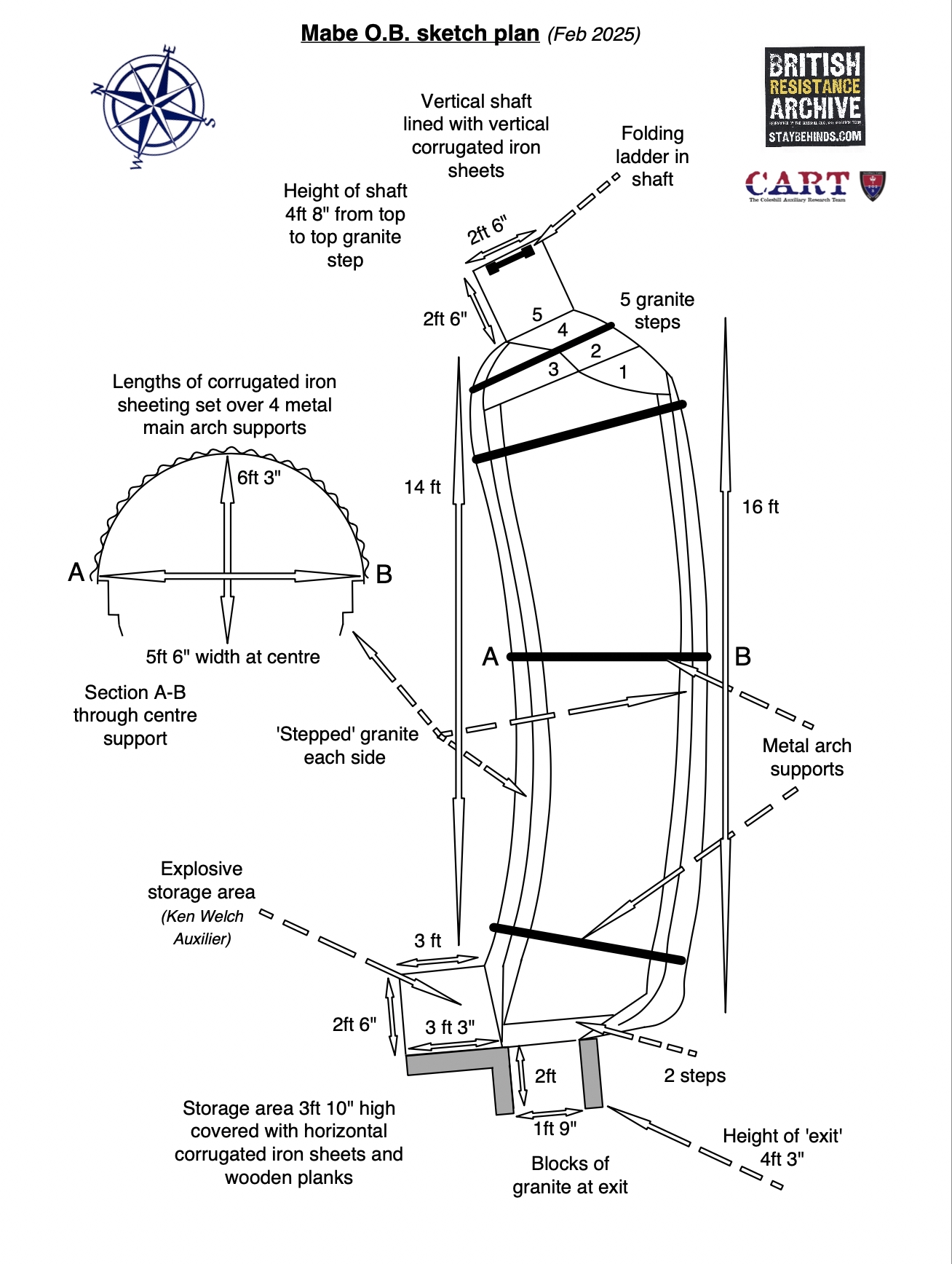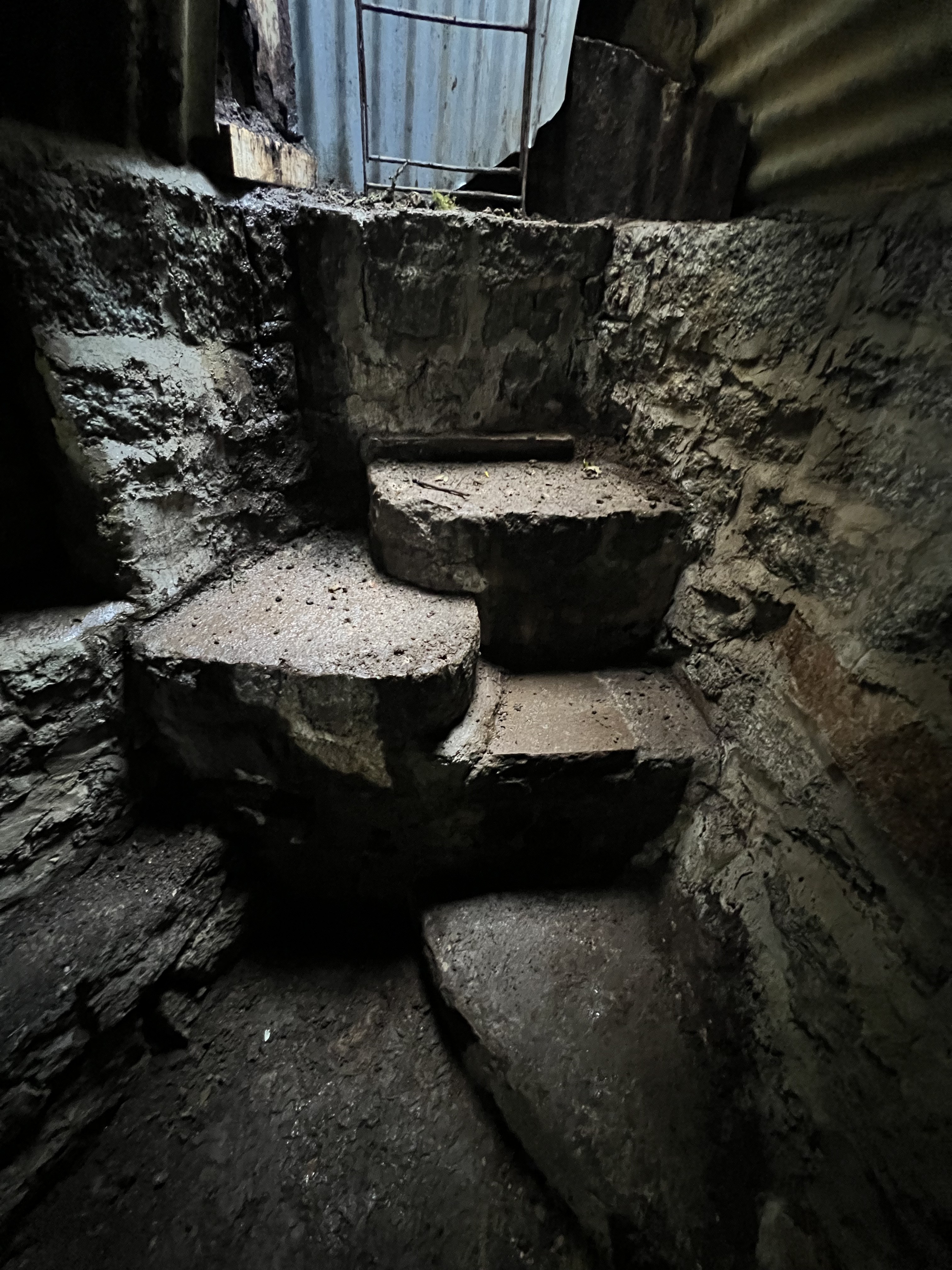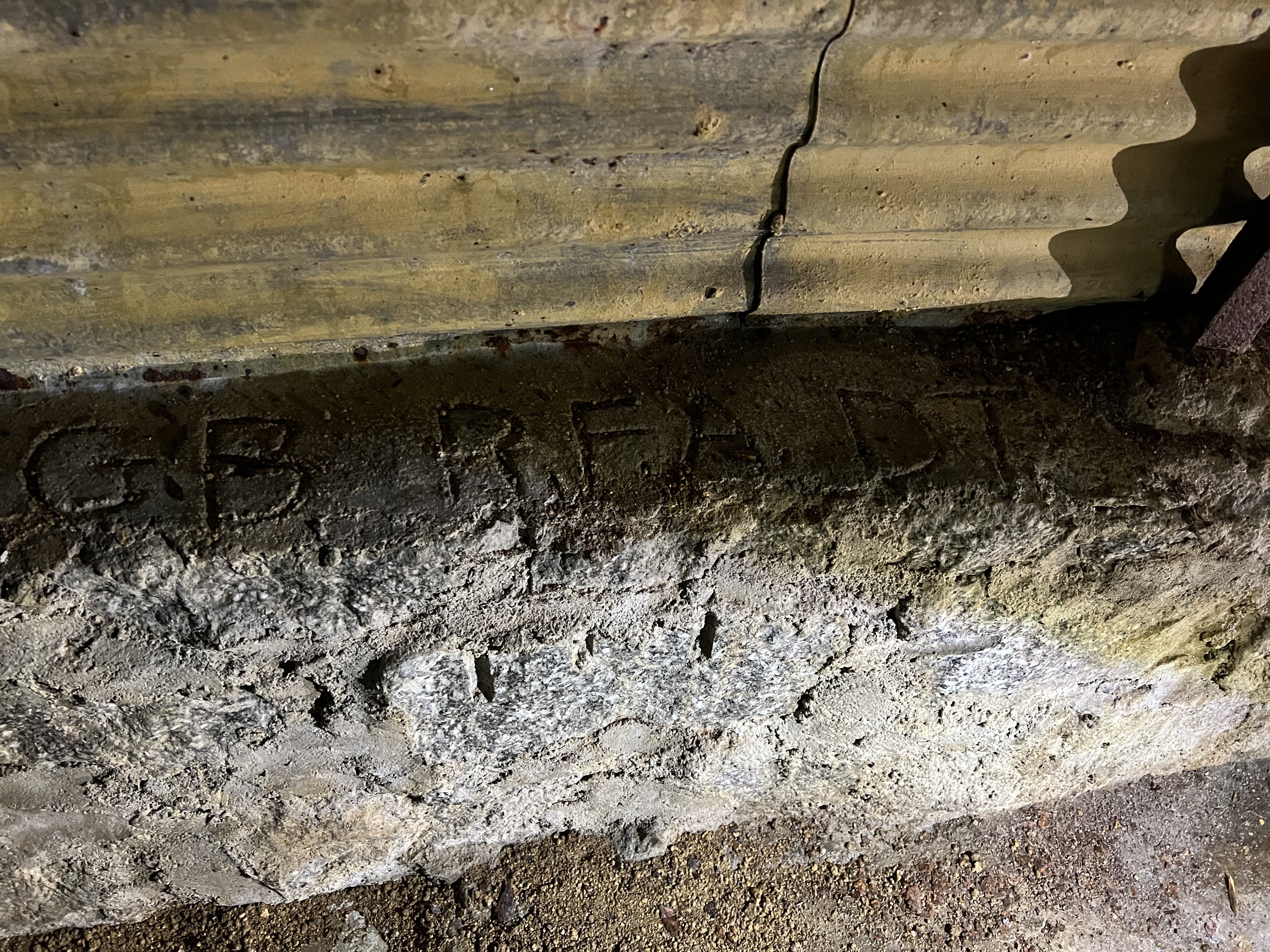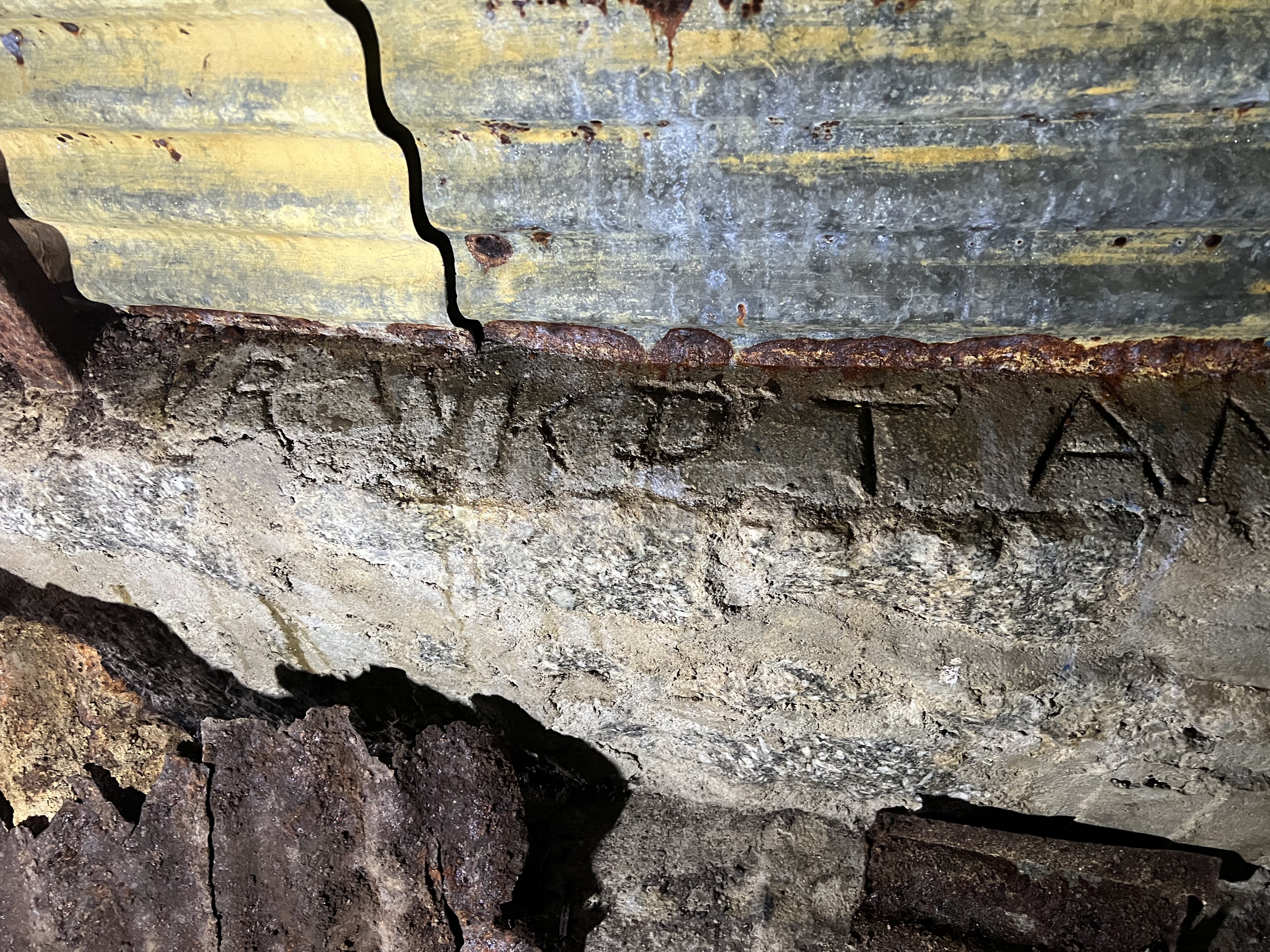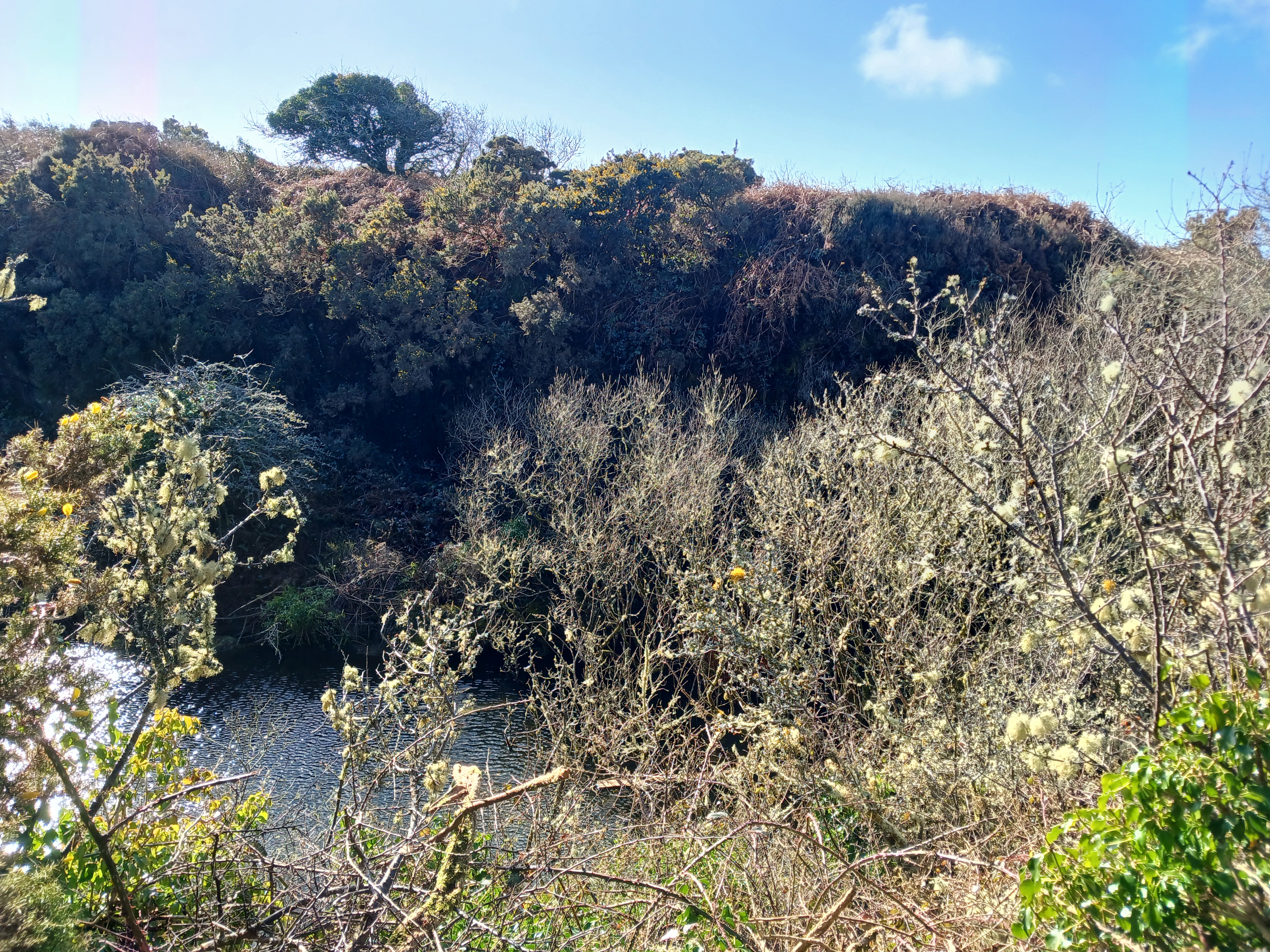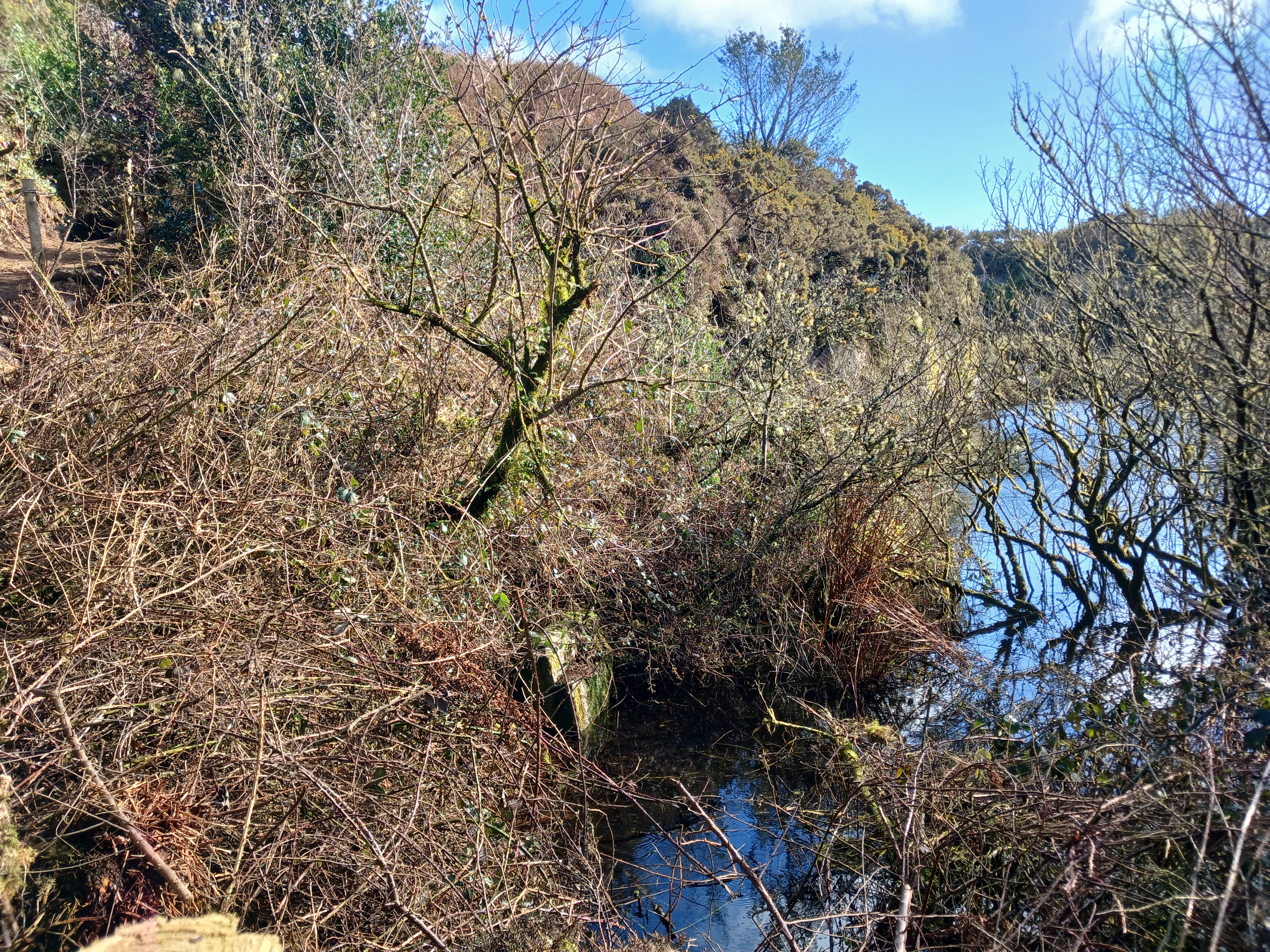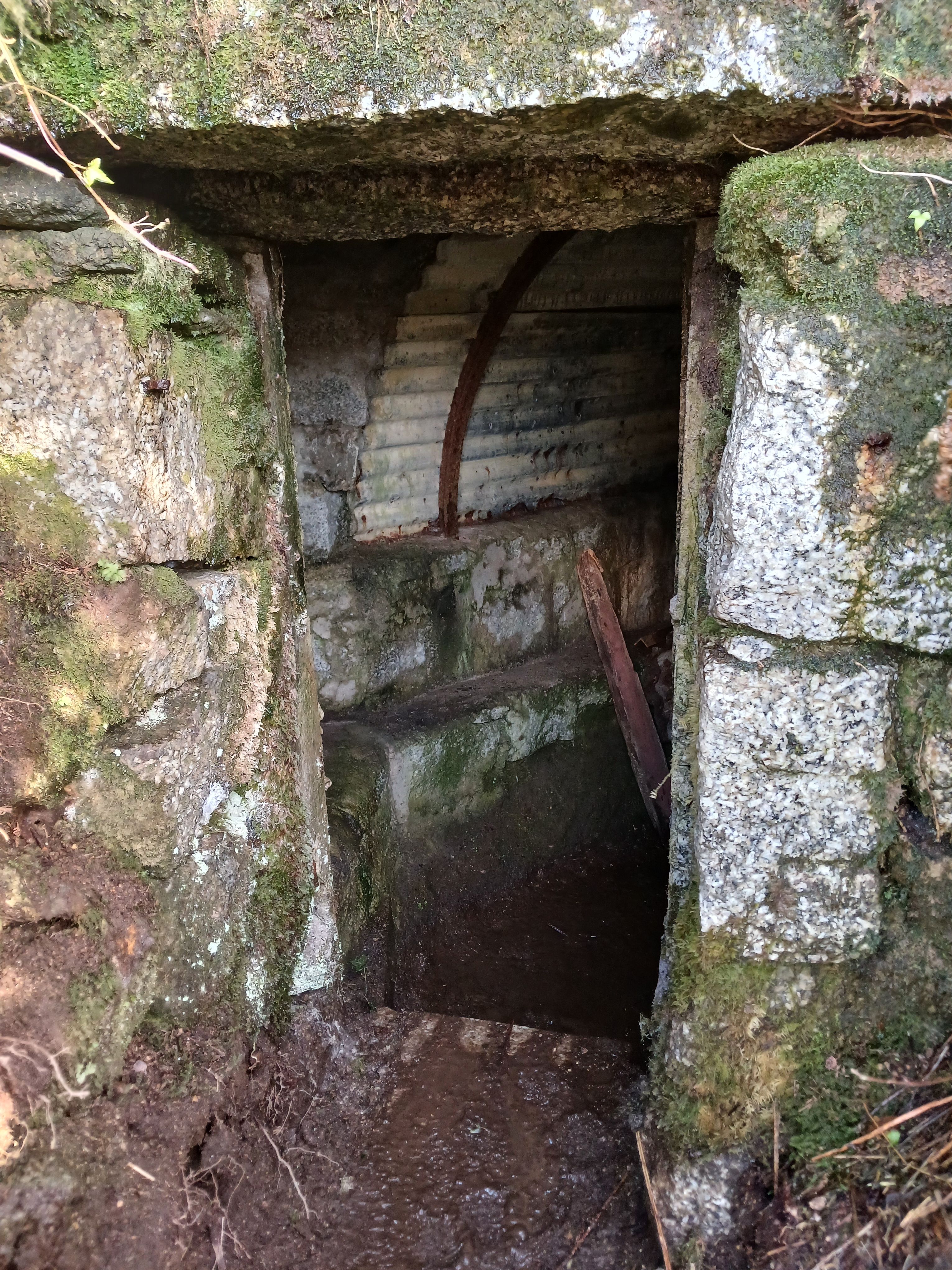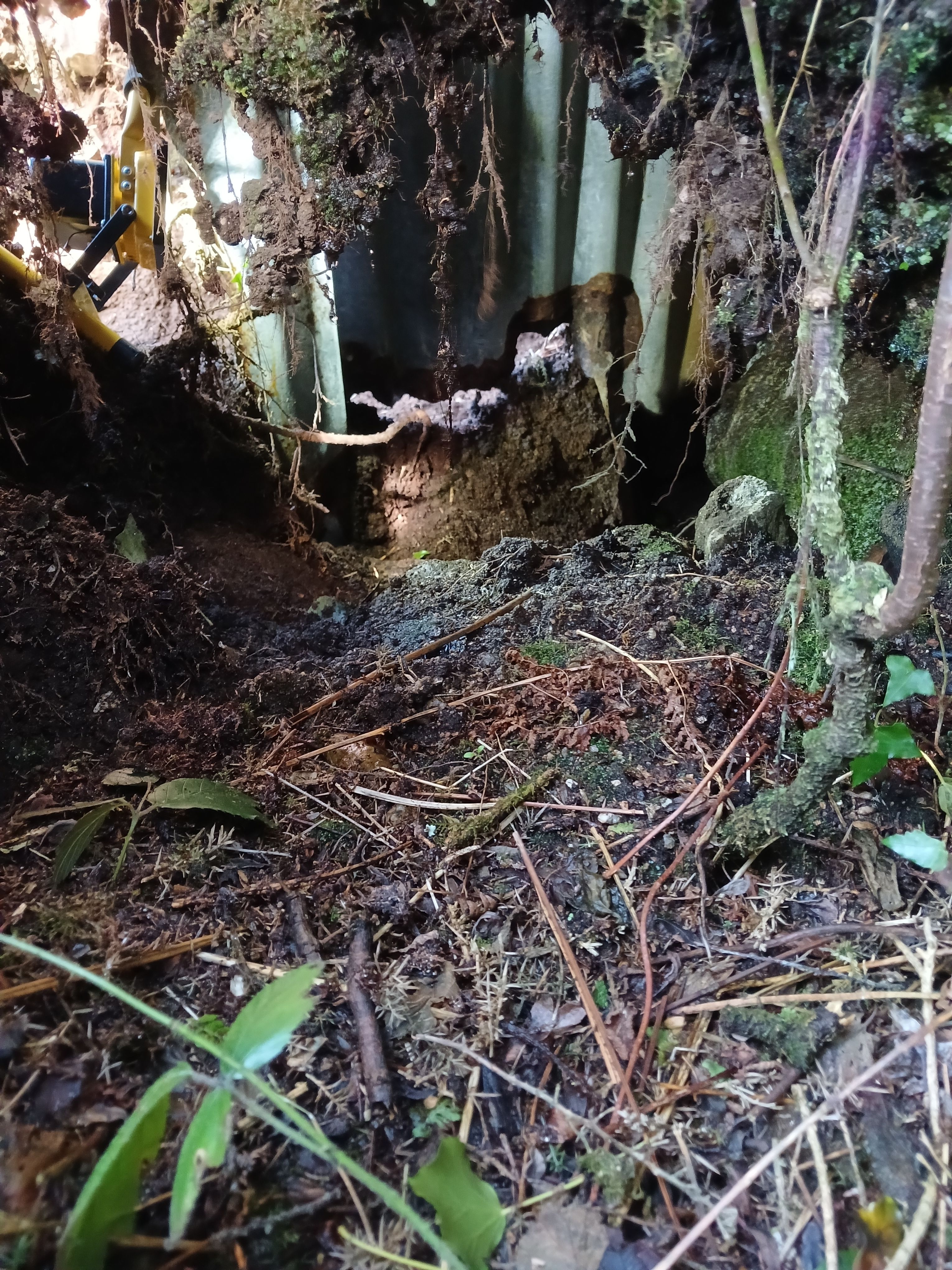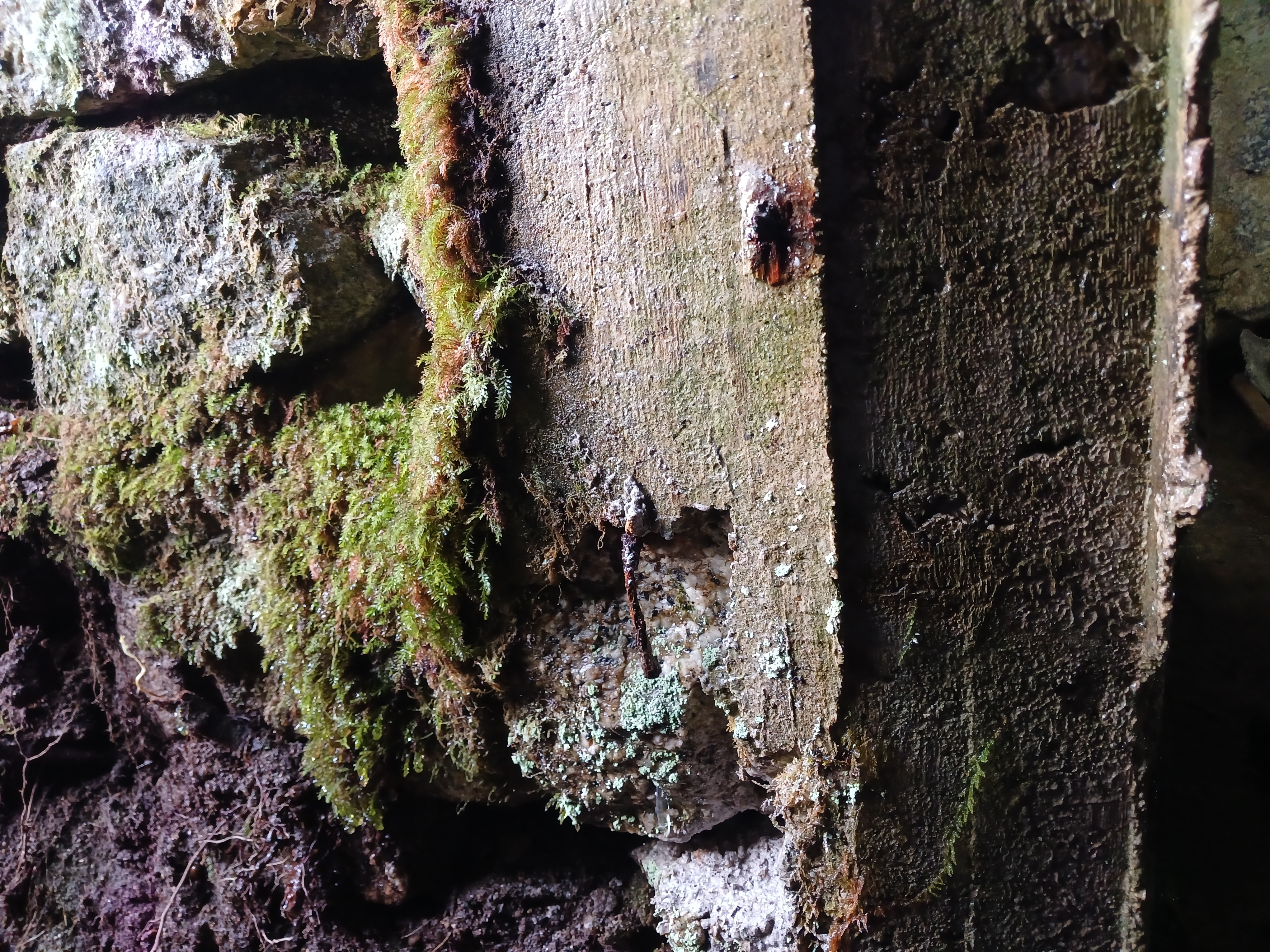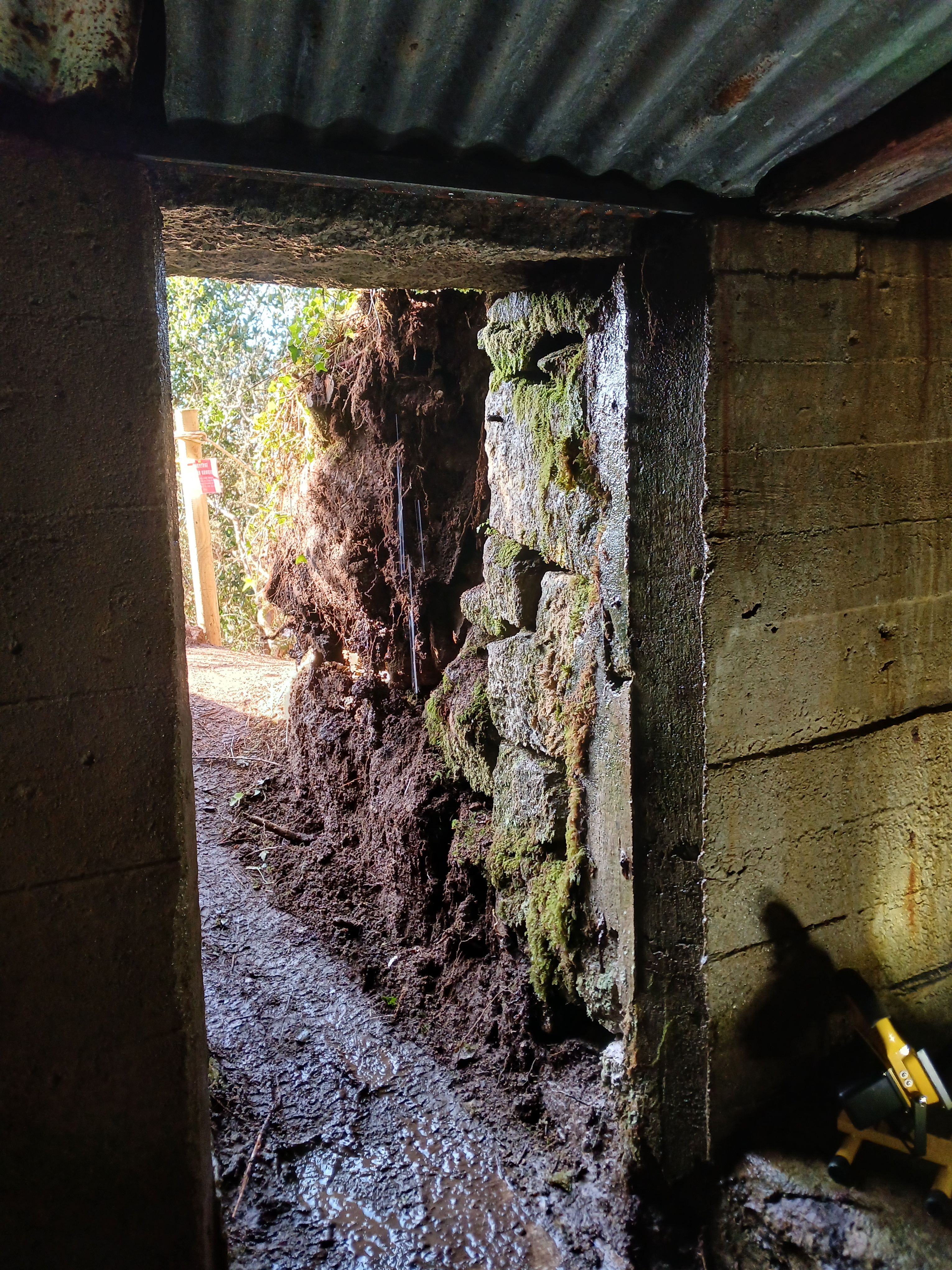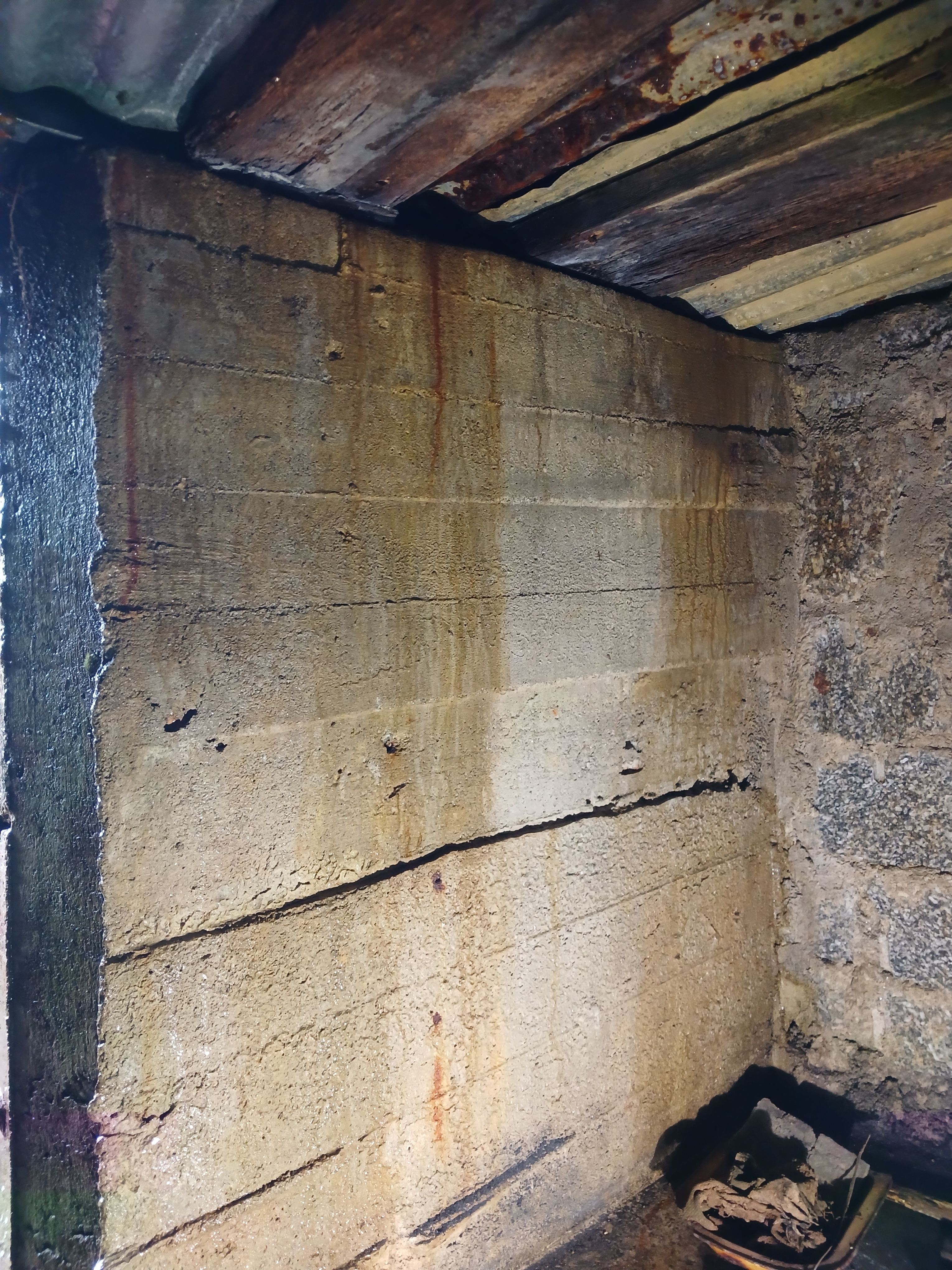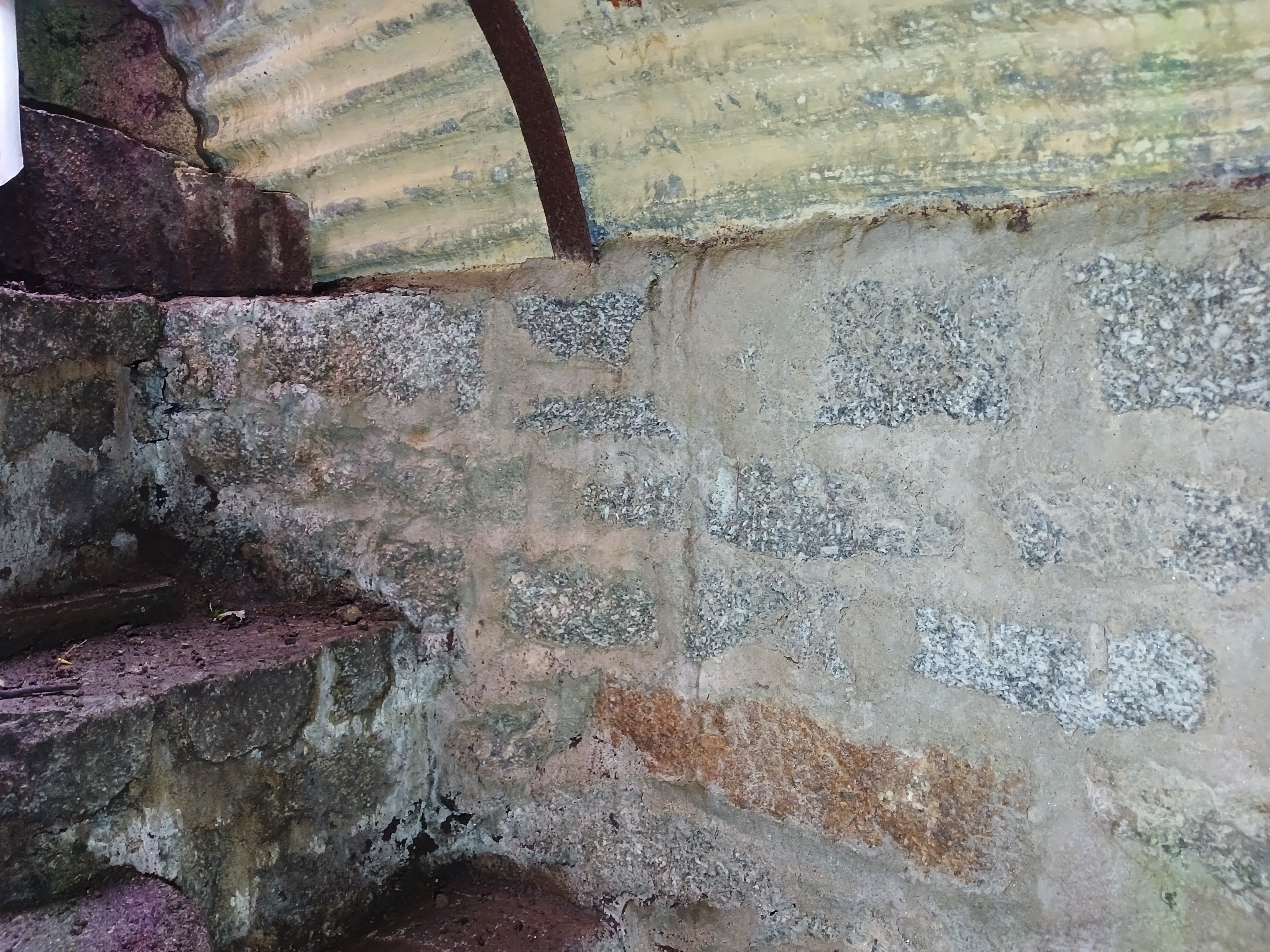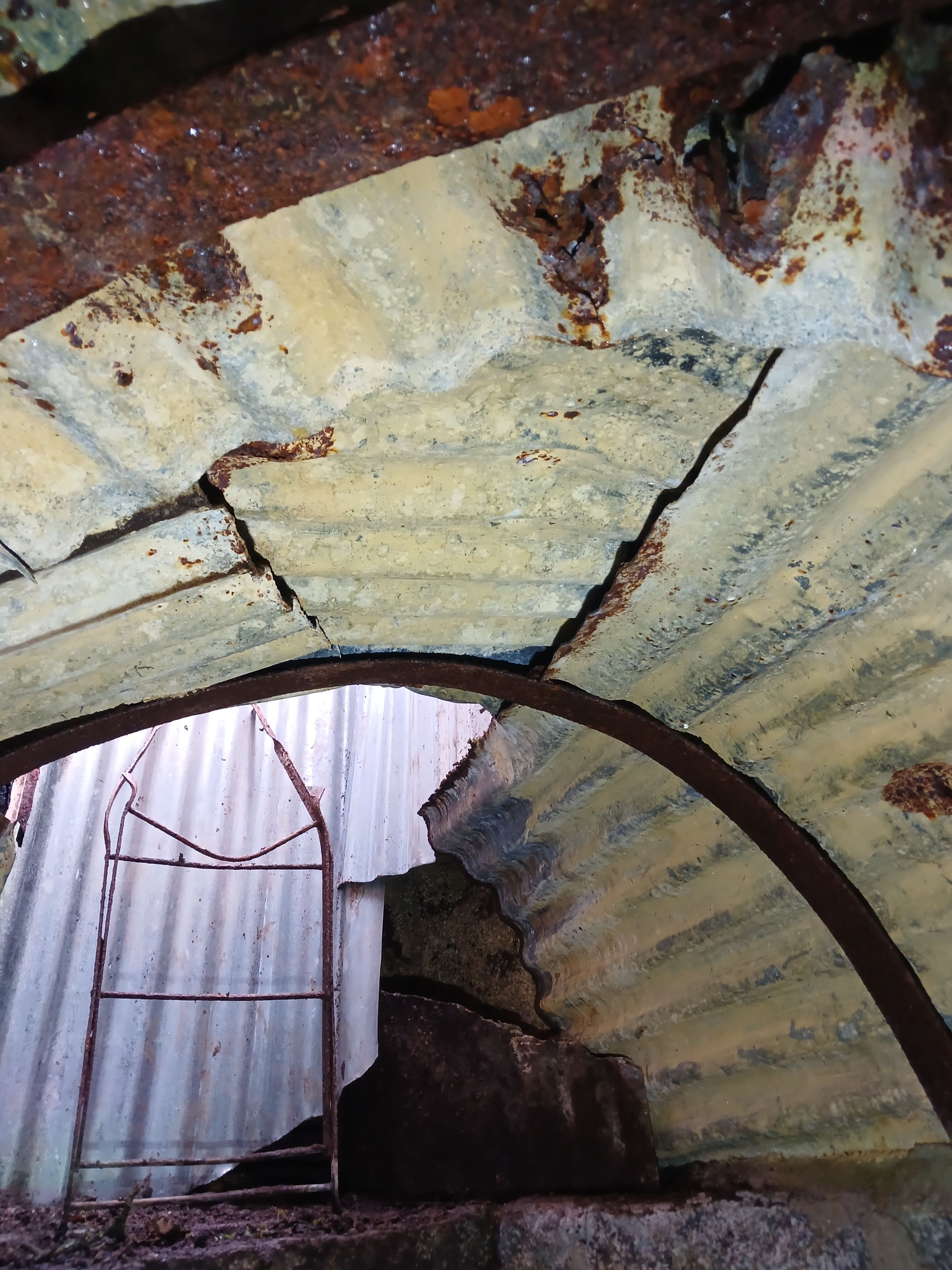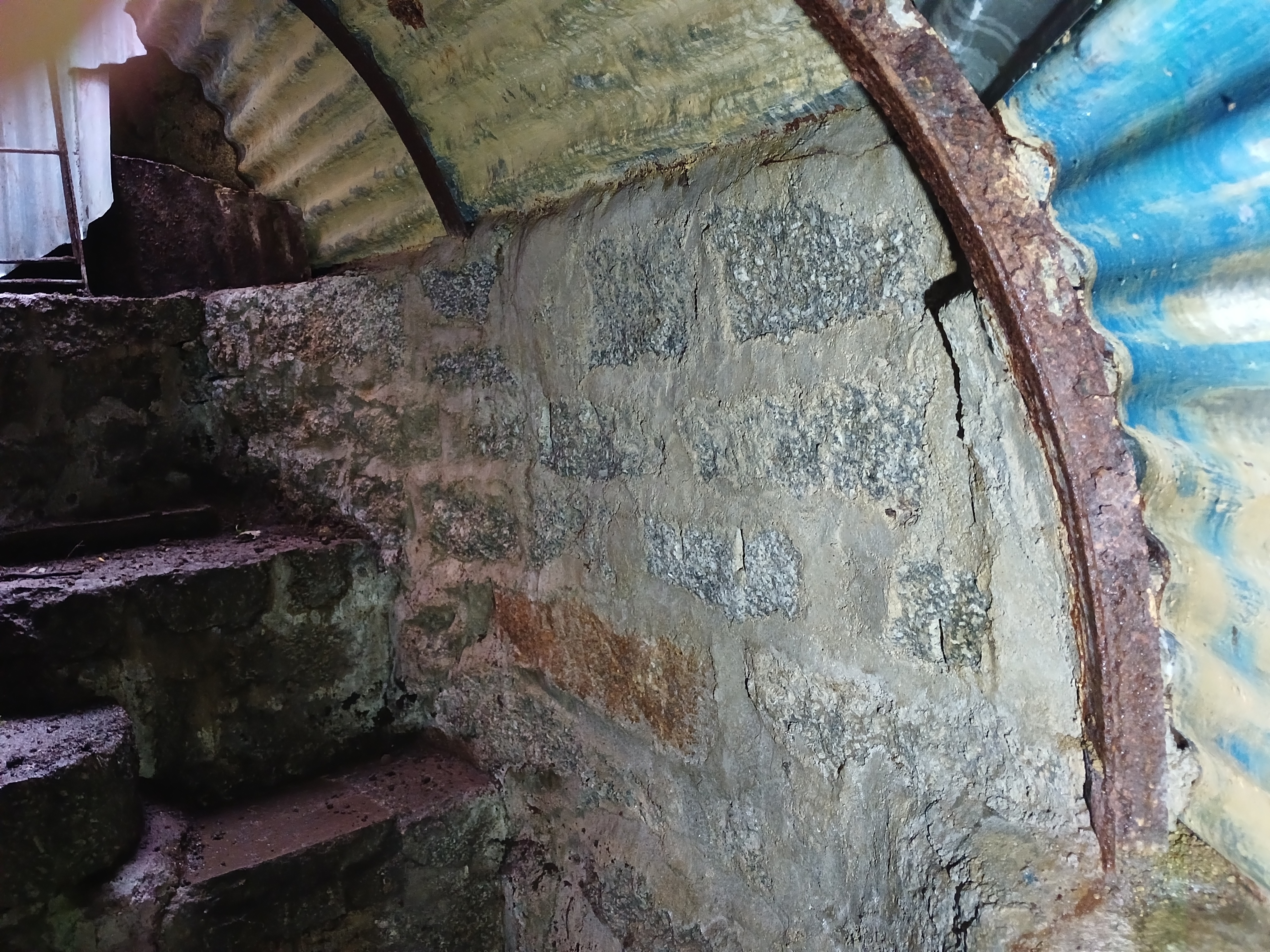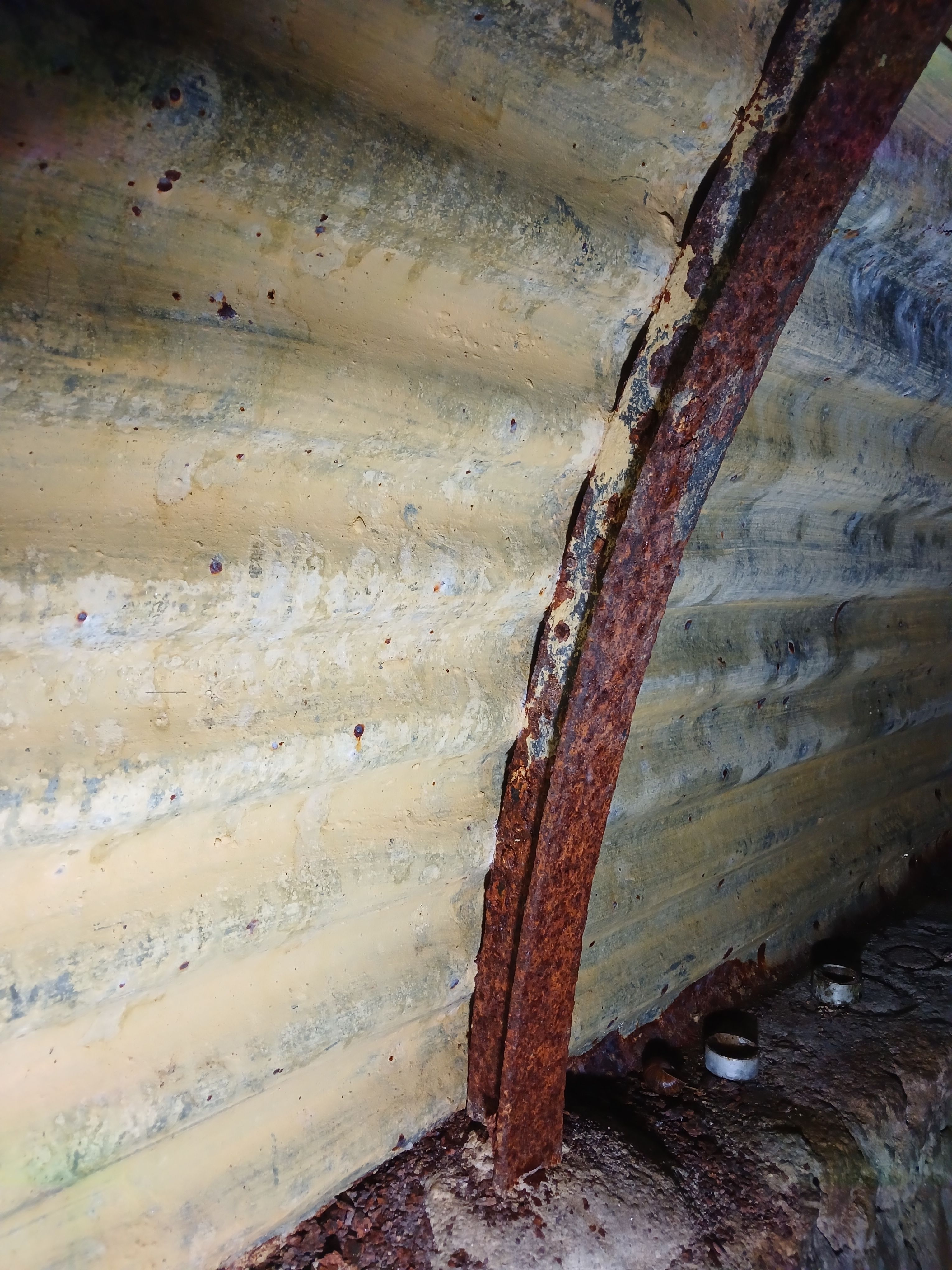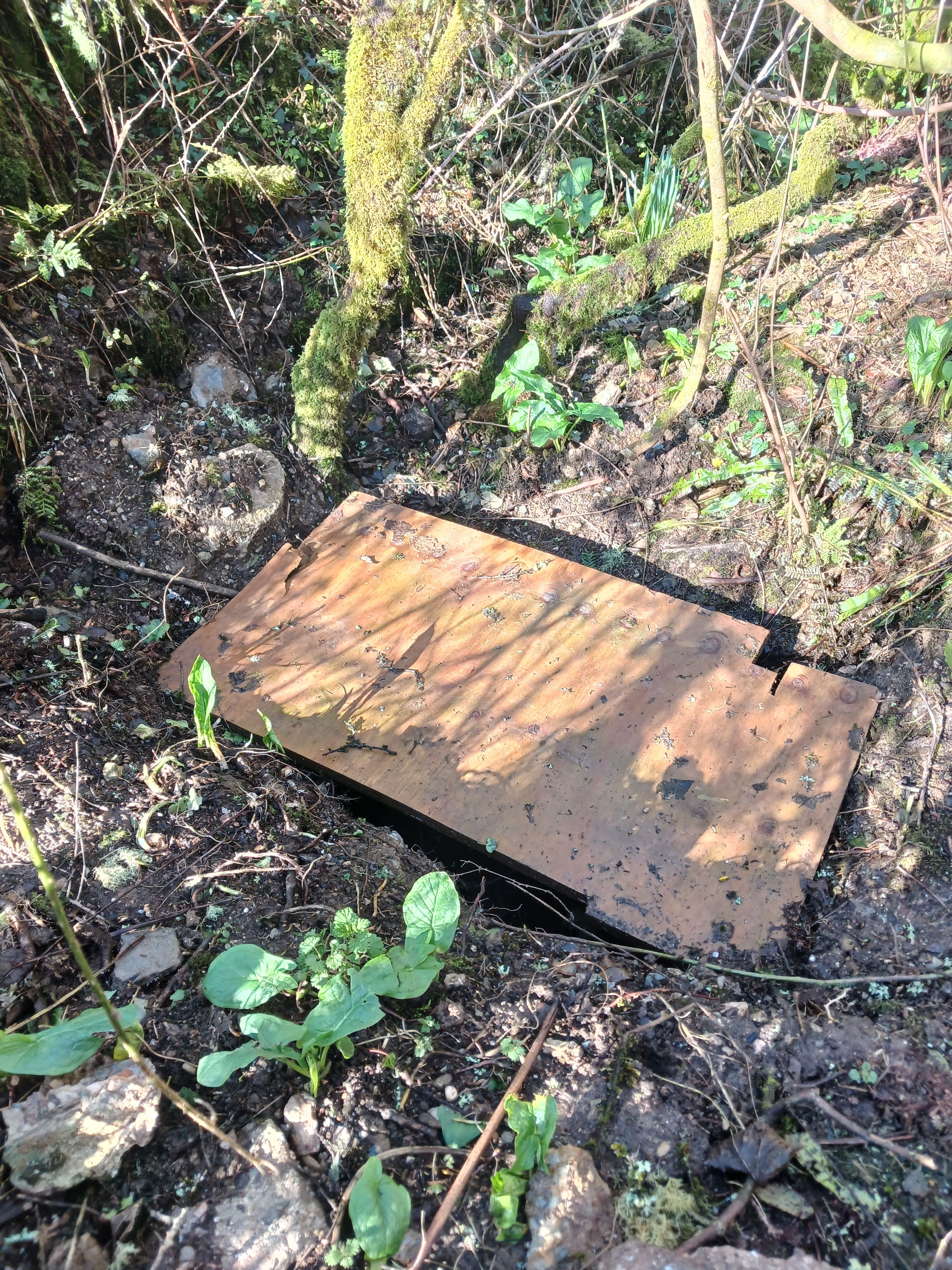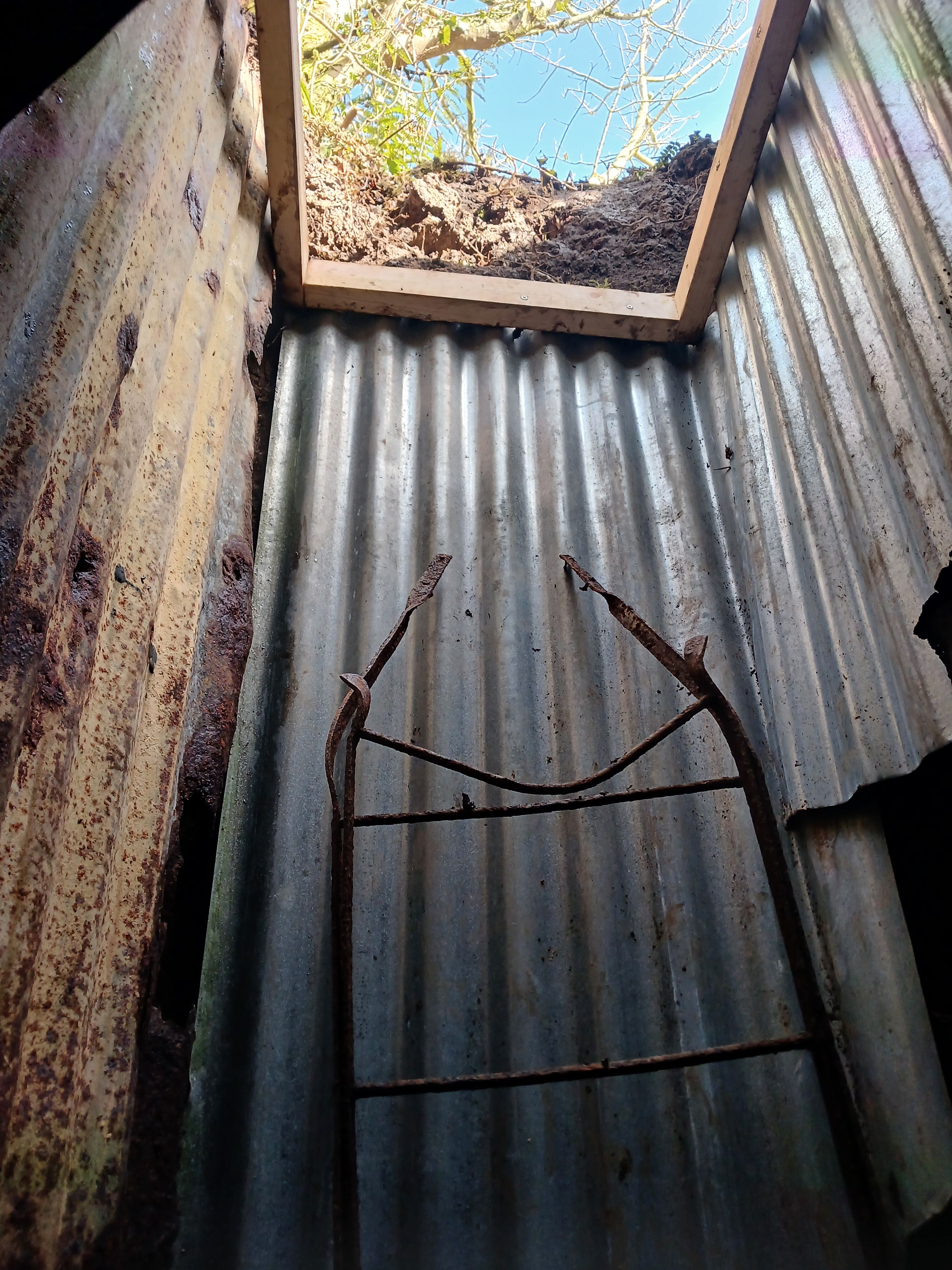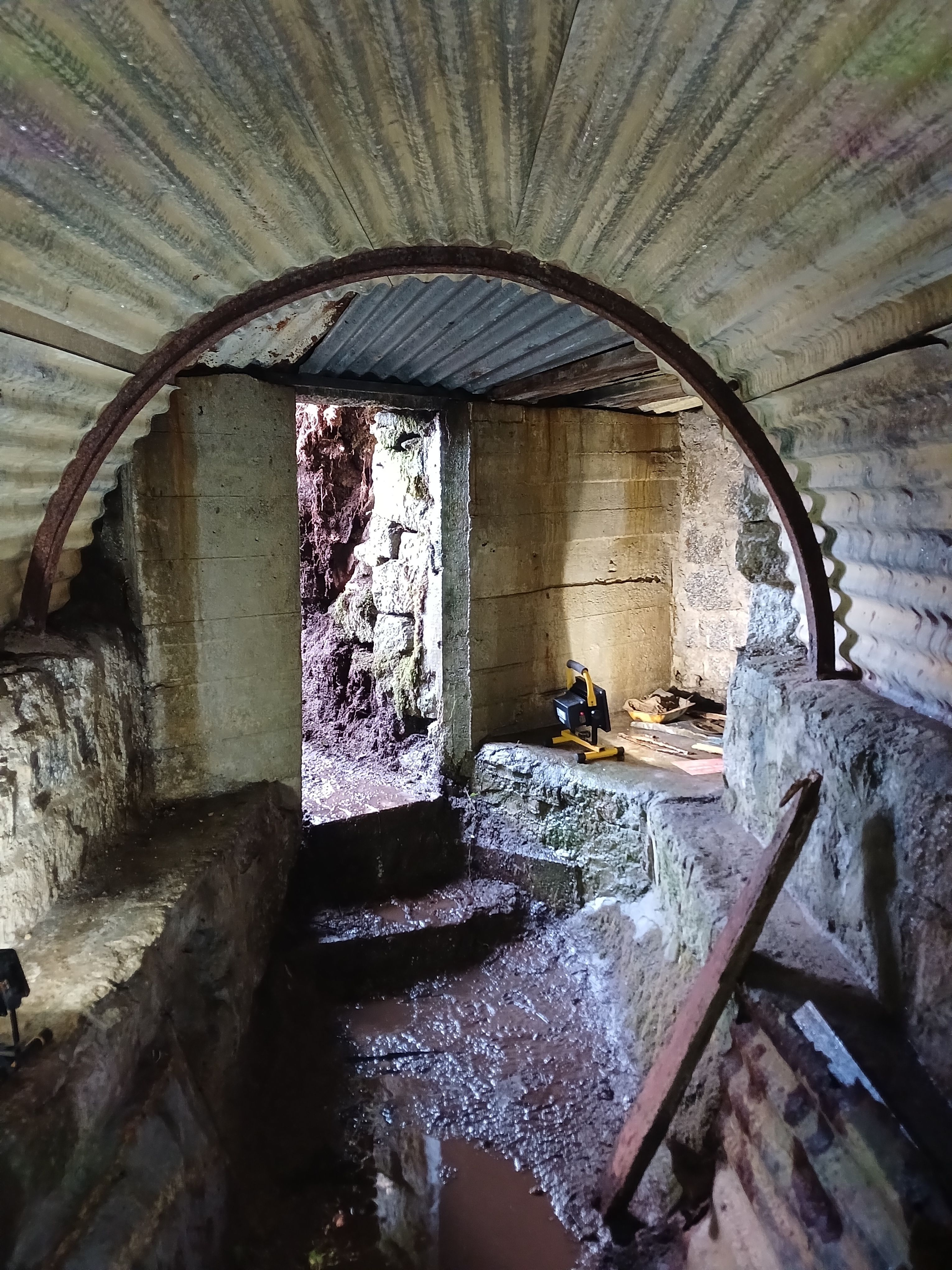Mabe is a parish to the south west of Penryn above the port of Falmouth.
| Name | Occupation | Posted from | Until |
|---|---|---|---|
| Lieutenant Alexander Forbes McLeod | Quarry manager |
05 Jul 1940 | 05 Jul 1943 |
| Sergeant Redvers Kitchener MacDonald Welch | Granite polisher |
06 Jun 1940 | 03 Dec 1944 |
| Corporal Clarence Thomas | Farmer |
06 Feb 1941 | 03 Dec 1944 |
| Private Richard Grenville Berryman | Motor mechanic |
17 Aug 1942 | 15 May 1944 |
| Private William Charles Dunbar | Carpenter |
05 Jul 1940 | 03 Dec 1944 |
| Private Gerald William Midlen | Farmer |
07 Jun 1940 | 03 Dec 1944 |
| Private William John Pascoe | Slaughterman and butcher |
02 Aug 1940 | 16 Apr 1943 |
| Private Rex Rapson | Ironmonger |
07 Dec 1942 | 03 Dec 1944 |
| Private James Kenneth Welch | Factory worker |
15 Dec 1943 | 03 Dec 1944 |
The Mabe Operational Base was situated at Pelastine Quarry about one and a half miles south west of Mabe village.
The entrance was concealed by a hatch that was covered by any material lying around the heap. They preferred not to use any vegetation in case it died and looked suspicious. The hatch lead through to a small climb down into the single room.
An escape tunnel lead out from the far wall to a small opening at the back of the spoil heap where the land drops away into the quarry. The quarry could have provided fresh water and a possible escape route but the Patrol were under no illusions as to their life expectancy if caught.
The Patrol often stayed the night in the OB though they only had few bunks, a kettle and an Elsan toilet. Most of the Patrol travelled around by bicycle.
Later on the Patrol considered the OB to be a hiding hole and explosive store rather than a place to operate or live out of. Their plan, in the event of invasion, was to work from and hide out in the OB and return home under the cover of darkness after they had executed their orders.
Ken Welch recalled they often used the exit "doorway" rather than the entrance shaft.
The Patrol did not have a official observation post but look outs could be sent to the top of the spoil heap and hidden in the crevices of the granite spoil.
Lieutenant McLoed's nephew Michael recalled "He told me about the resistance army and showed me the bunker shortly after the war when I was about 12. I remember clearly him challenging me to find it, telling me that we were ‘quite close’. We were in fact standing beside the stone which guarded the entrance but I could not locate it so I am not surprised that it cannot be found now although it is probably still there unless the waste tips in which it was hidden have been disturbed."
Mabe Patrol
In the event of invasion, desperate times would have forced the Patrol into some desperate measures. A run down cottage just opposite the path leading to the OB location was home to an elderly couple. Having seen the activity in the area and no doubt the comings and goings of the Auxiliers this couple would have been targeted. The Auxilier charged with this would not have relished his roll. Ken Welch would not reveal who would have carried out this role but was very matter of fact that it would have been necessary. The cottage is now virtually demolished though a few walls remain.
Gerald Midlen recalled Penryn rail viaduct on the Falmouth to Truro line being a target thus cutting off Falmouth docks.
Falmouth harbour and routes away from the harbour would also have been a suspected target.
Mabe Patrol had regular training exercises, especially on a Sunday, with Perranwell and Constantine Patrols under the direction of Lieutenant Alec McLeod. They used a firing range at Higher Spargo Quarry and often met at a building in the grounds of Antron House, Mabe. Mabe Patrol trained in the nearby Higher Spargo quarry where explosives would have aroused little attention. This was also owned by Lieutenant McLeod at one time. Exercises run between the three Patrols included trying to find each others OBs. It is not thought that Mabe's was ever found.
Travelling by rail, Ken Welch and his father Donald both went to Coleshill to train. Ken has memories of training alongside Colonel Douglas and being treated as an equal.
It is assumed they were issued with the standard kit, arms and explosives.
Explosives were stored in the OB along with Tommy guns that were later changed for Sten Guns. Fairbairn Sykes knives were carried as were pistols. Ken Welch found himself in possession of a Webley Pistol and a large wooden truncheon weighted with lead at the head.
Horseshoe shaped magnets were also give to attach explosives to railway lines etc.
In 2025 the OB was re-discovered by Chris Hale and Gareth Wearne and with the kind permission of BF Adventure, CART were able to arrange for Auxilier Ken Welch to return to his OB for the first time. Author Andy Chatterton and TV historian Dan Snow met Ken then he was brought to the OB site in a jeep. Thanks to Chris and Gareth there was a display of a lot of his old kit and equipment for him to see and he was filmed being taken to his old OB for the first time in 80 years.
The kindness and patience of Auxilier Ken Welch
Ian Butland for information gathering. Chris Hale and Gareth Wearne for discovering OB
Alwyn Harvey and his work on The Defence of Britain Database who could walk to Clarence Thomas
TNA reference WO199/3391
Hancock data held at B.R.A
1939 Register
Lieutenat McLeod's nephew Michael McLeod


